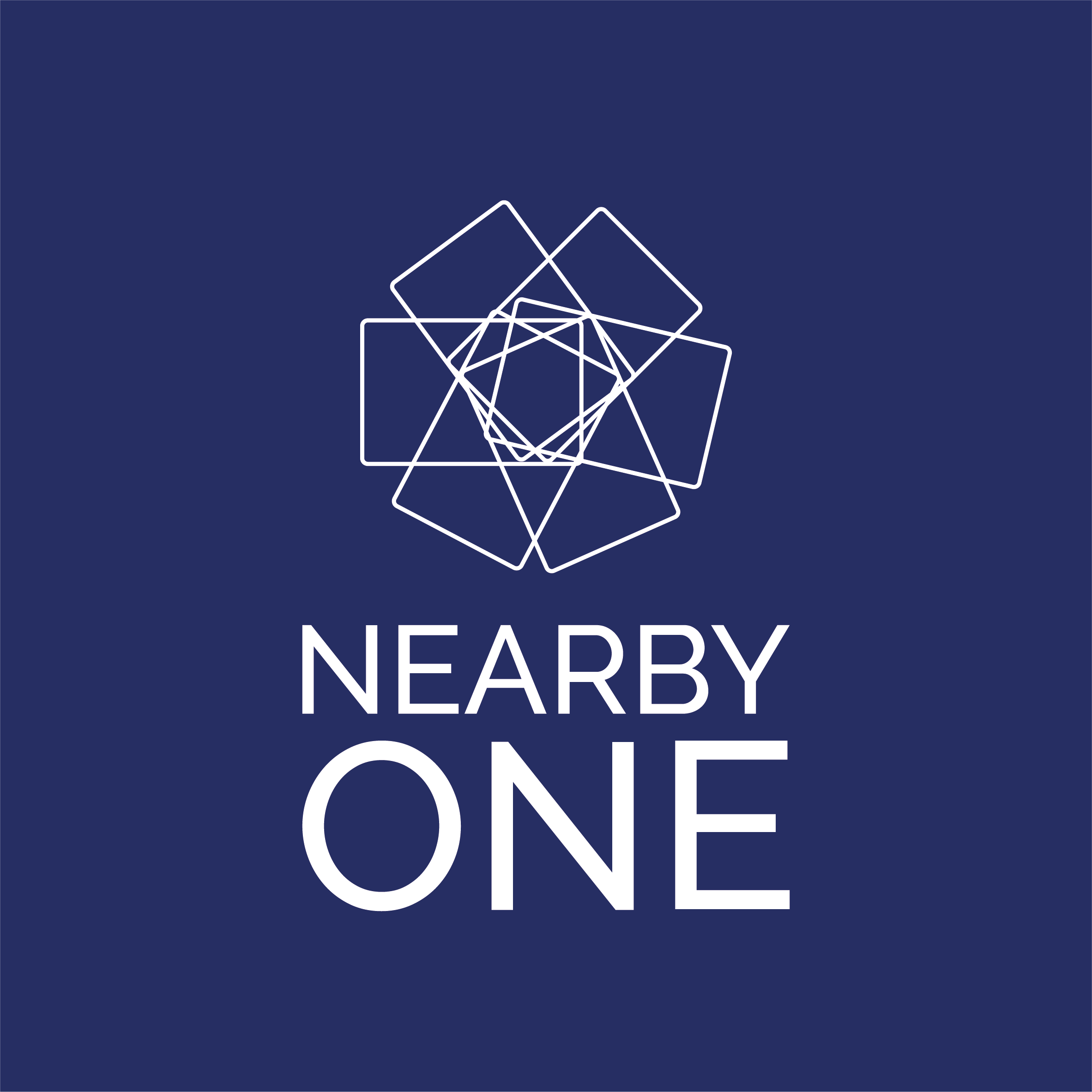Blog | nearby computing
Overcoming Vendor Lock-In in Telcos with Edge Orchestration
Is your telecom organisation held back by vendor lock-in, unable to efficiently manage multiple networks, infrastructures, or applications from various suppliers? Many telecom companies struggle to integrate diverse solutions, facing the challenge of optimising a multi-vendor environment. It’s time to explore the transformative potential of edge computing and, more specifically, edge orchestration platforms like NearbyOne, to address these obstacles.
Vendor lock-in is a critical challenge for telecom operators, especially as their networks grow more complex and multi-faceted. Today’s telecom environments include an intricate array of core systems—spanning 4G, 5G, and IoT infrastructures—from providers. However, these disparate systems often lack smooth intercommunication, leading to operational inefficiencies and limited flexibility. This results in increased time-to-market (TTM) and a higher total cost of ownership (TCO), threatening a telecom company’s competitive edge.
The Vendor Lock-In Problem in Telecom
Traditional telecom solutions don’t offer the flexibility needed to manage heterogeneous infrastructures effectively. When an architecture lacks adaptability, teams spend substantial time troubleshooting, slowing down operations and reducing customer satisfaction. The modern telecom landscape makes it clear—being tied to a single vendor is no longer sustainable, particularly for Tier-1 companies demanding high efficiency and scalability.
Edge Computing: The Path to Operational Independence
So, how can telecoms liberate themselves from vendor lock-in while maximising operational capabilities? Edge computing offers a compelling solution, decentralising the network to enable local data processing closer to its source. Yet, to realise the full potential of edge computing, telecom operators require an edge orchestration platform that seamlessly integrates with multiple vendors and infrastructures, providing comprehensive control through a single, unified interface.
This is where NearbyOne becomes invaluable. As an edge orchestration platform, NearbyOne unifies core network functions, compute infrastructure, and application ecosystems across different vendors, allowing telecoms to operate, monitor, and manage a variety of tools and technologies through one cohesive system. This approach not only streamlines operations but accelerates innovation and reduces TTM.
Enhancing Network Visibility for Proactive Management
Managing complex infrastructures across multiple vendors often leads to reduced visibility into network operations. For many telecom operators, this lack of transparency translates to reactive, rather than proactive, network management. Adopting edge orchestration platforms offers superior observability, ensuring that every layer of network infrastructure—from core to edge—is continuously monitored. With advanced observability features, operators gain real-time insights into network performance, anticipate potential issues, and optimise resources, resulting in reduced downtime and a marked improvement in customer experience.
Accelerating Time-to-Market in a Competitive Landscape
In today’s telecom sector, TTM is crucial for differentiation. Telecoms must be agile and responsive, capable of deploying new services quickly to meet market demand. Yet, managing infrastructures from multiple vendors can be a significant bottleneck, with integration issues causing costly delays and missed opportunities.
NearbyOne’s edge orchestration platform offers a solution to these challenges by automating key network functions, such as hyperscaler integration, private cloud management, and Kubernetes orchestration. This level of automation enables telecoms to deploy services quickly and at scale, reducing TTM and fostering a robust environment for continuous innovation and growth.
Supporting IoT Deployments with Edge Orchestration
The benefits of edge computing extend beyond core network functions and are especially impactful for IoT deployments, an area of significant focus for many telecoms. With NearbyOne, operators can seamlessly manage their IoT ecosystem, connecting and automating thousands of devices across diverse infrastructures. This capability enables telecoms to deliver customised IoT solutions to enterprise clients while maintaining a flexible, scalable, and vendor-neutral network.
Reducing TCO and Maximising ROI
Cost optimisation is a fundamental concern for telecoms, with ROI central to operational decisions. Traditional vendor lock-in models often inflate TCO due to inefficiencies. In contrast, edge orchestration platforms like NearbyOne lower TCO by providing a flexible, scalable solution that optimises existing infrastructure and reduces reliance on additional vendor-specific investments.

NearbyOne is designed to address the needs of Tier-1 telecom operators, offering scalability, flexibility, and cost-efficiency. Whether the goal is to reduce operational overhead, minimise vendor reliance, or bring new services to market more rapidly, NearbyOne provides the tools telecoms need to stay competitive in a dynamic industry. In a sector where agility, scalability, and cost-efficiency are critical, telecoms can no longer afford to be constrained by vendor lock-in. Embracing edge computing and orchestration paves the way for greater operational freedom, innovation, and industry leadership.
As telecoms face the challenge of integrating multi-vendor systems, the adoption of edge orchestration platforms like NearbyOne is key to overcoming vendor lock-in. Edge computing brings the flexibility needed to decentralise operations and enhance network efficiency, while orchestration enables seamless integration across diverse infrastructures. For telecom operators seeking to reduce TCO, accelerate innovation, and maximise ROI, the path to operational independence begins with edge orchestration.




